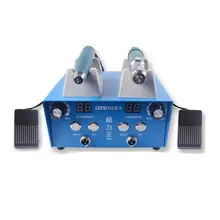Understanding Diaphragm Valve Actuators
Diaphragm valve actuators are integral components in managing the flow and pressure within piping systems. These devices convert energy, often from a fluid or pneumatic source, into mechanical motion to operate a valve. This category encompasses a variety of actuators designed to meet specific operational needs across diverse industries.
Types and Applications
Diaphragm valve actuators come in several types, each suited to particular applications. Direct-acting actuators offer simplicity and are commonly used in smaller valve operations, while pilot-operated actuators are preferred for larger scale applications due to their amplified force. These actuators are pivotal in sectors ranging from water treatment to pharmaceuticals, ensuring precise control over fluid handling.
Features and Materials
The construction of a diaphragm valve actuator is a testament to its functionality and durability. Typically made from robust materials like stainless steel or plastic, they are designed to withstand harsh environments and chemicals. Features may include visual indicators for valve position, manual overrides, and adjustable stroke limits, providing versatility and control.
Advantages of Diaphragm Valve Actuators
Utilizing a diaphragm valve actuator offers numerous advantages, such as enhanced precision in flow control and reduced risk of leakage. Their design allows for easy maintenance and longevity, making them a cost-effective solution for fluid management systems.
Selection Considerations
When selecting a diaphragm valve actuator, it is crucial to consider factors such as the actuator size, material compatibility with the fluid, and the specific requirements of the application. Understanding these parameters ensures optimal performance and reliability of the valve system.
Integration in Piping Systems
Incorporating a diaphragm valve actuator into a piping system requires careful consideration of the actuator's compatibility with the valve and the system's operational parameters. These actuators play a critical role in automating processes and enhancing system efficiency.











































 浙公网安备 33010002000092号
浙公网安备 33010002000092号 浙B2-20120091-4
浙B2-20120091-4